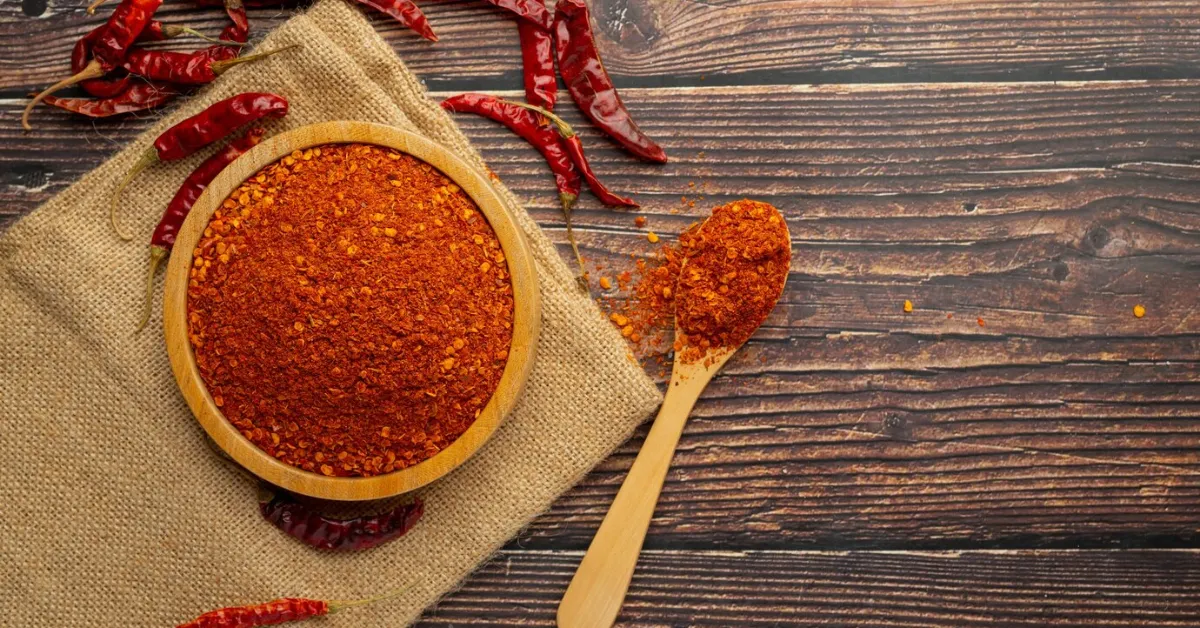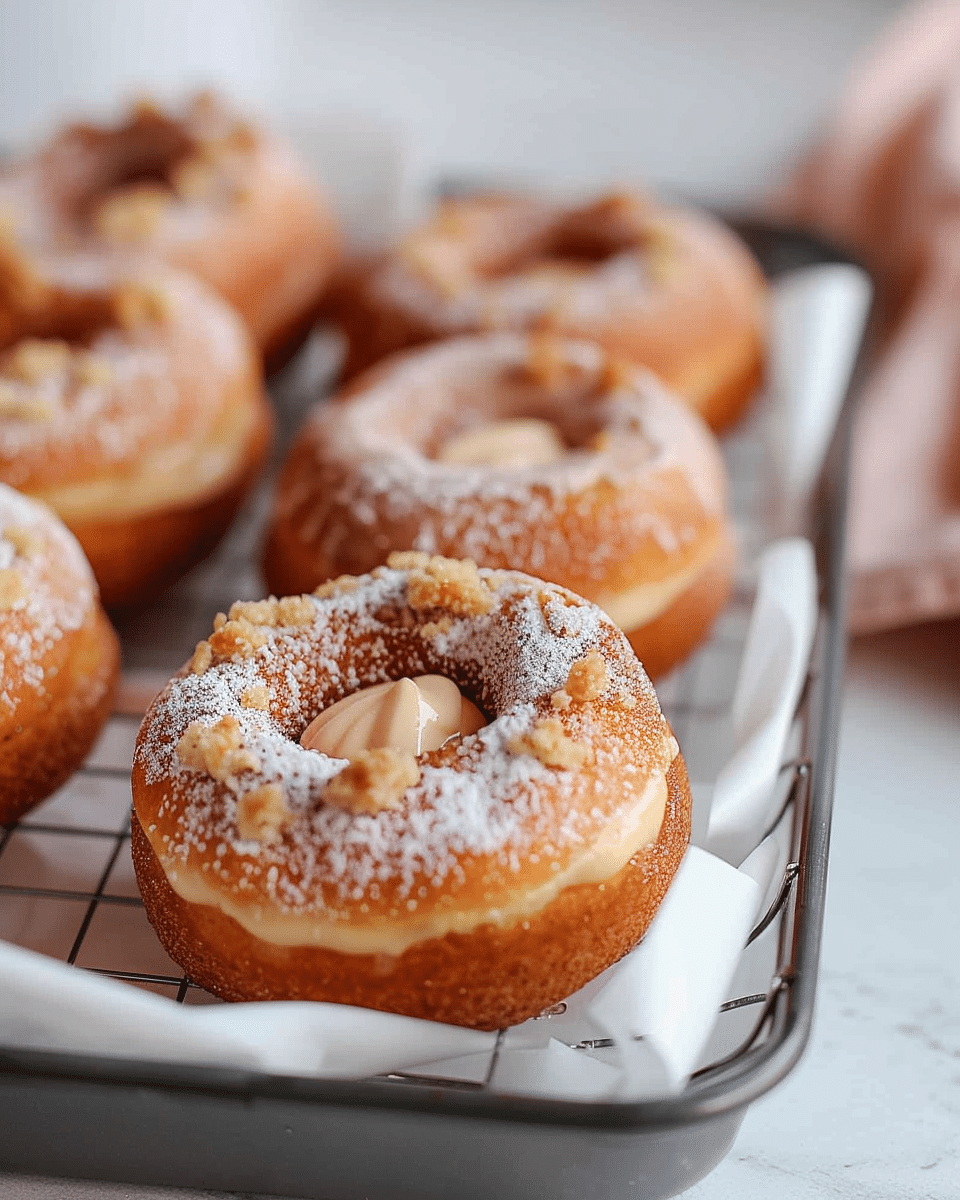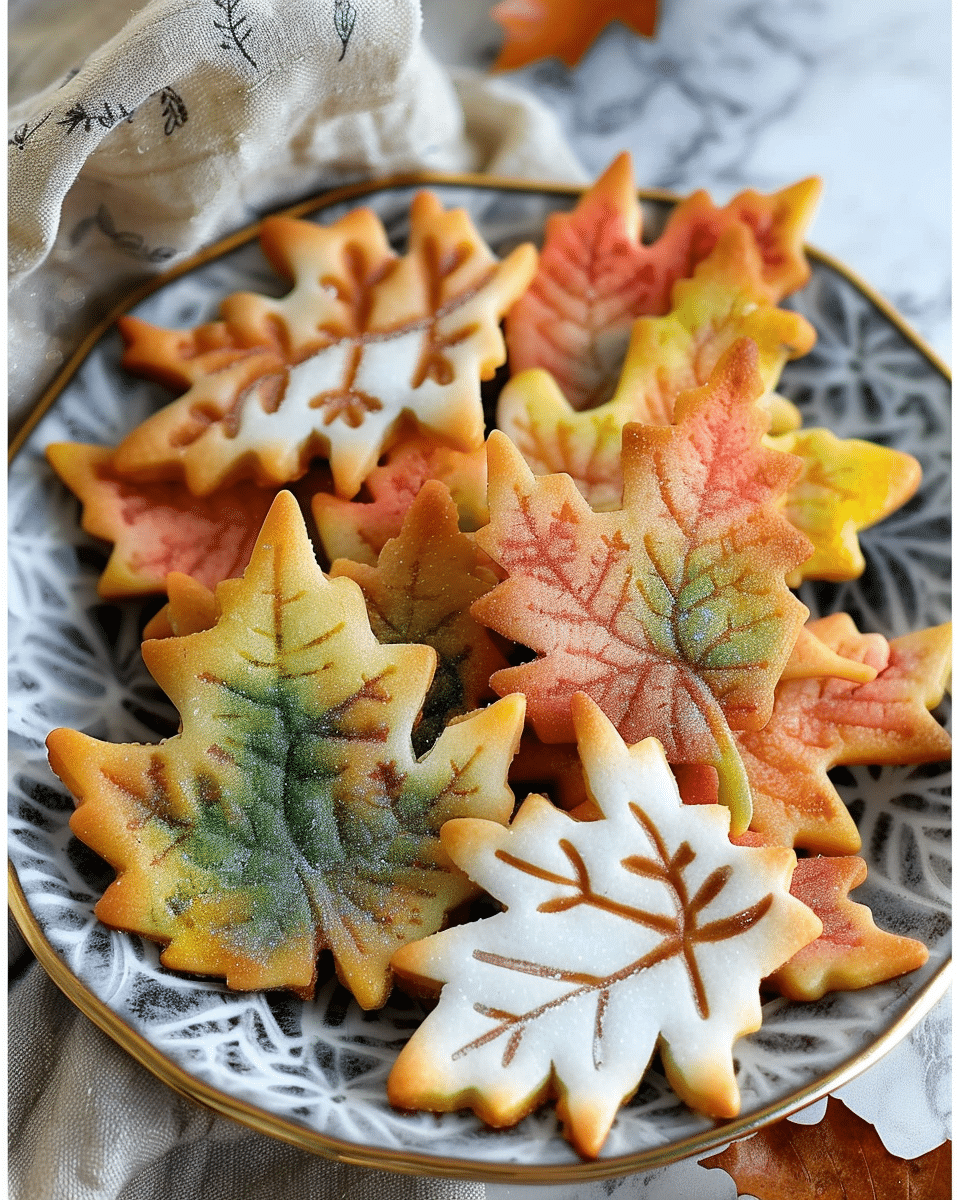Cajun cuisine is renowned for its bold flavors, rich history, and the ability to transform simple ingredients into mouth-watering dishes. Central to this culinary tradition is Cajun seasoning, a spice blend that captures the essence of Louisiana cooking. In this comprehensive guide, we’ll delve deep into what makes up Cajun seasoning, exploring its key ingredients, origins, and versatile uses in the kitchen.
Key Takeaways:
- Rich Spice Blend: Cajun seasoning is a complex mix of spices including paprika, cayenne pepper, garlic powder, and onion powder, offering a bold and spicy flavor.
- Versatility in Cooking: It enhances a variety of dishes, from meats and seafood to vegetables, providing a unique and robust taste.
- Cultural Significance: Originating from the Cajun people of Louisiana, this seasoning carries a rich history and is a vital part of Louisiana’s culinary tradition.
- Health Considerations: While flavorful, it is important to use Cajun seasoning in moderation due to its potential high sodium content.
What Does Cajun Seasoning Consist Of?
Cajun seasoning is a vibrant mix of spices that brings heat, flavor, and soul to dishes. Originating from the Cajun people of Louisiana, this seasoning is a staple in Southern cooking. But what exactly goes into this beloved spice blend? Let’s break down the essential components that make Cajun seasoning a kitchen must-have.
The History and Origins of Cajun Seasoning
Cajun seasoning is more than just a blend of spices; it’s a cultural legacy, rich in history and tradition. Originating from the Cajun people of Louisiana, this spice mix is a testament to their resilience, creativity, and love for flavorful food. Let’s dive into the fascinating journey of how Cajun seasoning came to be a beloved staple in kitchens around the world.
From Acadian Roots to Cajun Culture
1. The Acadian Exodus: The story of Cajun seasoning begins with the Acadians, French settlers who lived in what is now Nova Scotia, Canada. In the 18th century, the British expelled the Acadians in an event known as Le Grand Dérangement. Many found refuge in Louisiana, where they became known as Cajuns.
2. A Melting Pot of Influences: In Louisiana, the Cajuns encountered a melting pot of cultures, including Spanish, African, and Native American. They incorporated local ingredients and culinary techniques into their French cooking traditions, giving birth to Cajun cuisine.
The Birth of Cajun Seasoning
1. Making Do with Local Ingredients: The Cajuns had to adapt to their new environment, using the spices and herbs available to them. This led to the creation of a spice mix that balanced heat, savory notes, and a hint of earthiness.
2. A Community Effort: Cajun seasoning was originally made at home, with families passing down their own unique recipes from generation to generation. Each blend was a reflection of personal taste and available ingredients.
Cajun Seasoning in Modern Cuisine
1. A Culinary Explosion: In the late 20th century, Cajun cuisine gained popularity across the United States, thanks in part to chefs like Paul Prudhomme. Cajun seasoning started to appear on grocery store shelves, making it accessible to home cooks everywhere.
2. A Global Phenomenon: Today, Cajun seasoning is used in kitchens around the world, embraced for its ability to add depth and heat to a variety of dishes.
Key Ingredients in Cajun Seasoning
Cajun seasoning, a cornerstone of Southern cuisine, is cherished for its bold, spicy, and aromatic flavor profile. This spice blend is a harmonious amalgamation of various ingredients, each contributing to its distinct taste. Below, we delve into the key components that make Cajun seasoning a staple in kitchens worldwide.
Paprika: The Colorful Foundation
Paprika, made from ground dried chili peppers, serves as the base of Cajun seasoning. It imparts a vibrant red hue and a subtle warmth, setting the stage for the other spices. Paprika’s mild heat ensures that it provides flavor without overwhelming the palate.
Garlic Powder: Robust and Aromatic
Garlic powder adds a pungent, savory note to the blend. Its robust flavor complements the heat from other spices, creating a well-rounded taste. A little goes a long way with garlic powder, ensuring that its presence is felt in every bite.
Onion Powder: Sweet and Savory
Onion powder brings a sweet, savory element to Cajun seasoning. It works in tandem with garlic powder, enhancing the blend’s overall aromatic quality. The sweetness of onion powder balances the heat, adding complexity to the flavor profile.
Cayenne Pepper: The Fiery Kick
Cayenne pepper is the primary source of heat in Cajun seasoning. It adds a fiery kick, invigorating dishes with its spicy intensity. The amount of cayenne pepper can be adjusted according to taste, allowing for customization of the spice level.
Thyme: Earthy and Floral
Thyme contributes an earthy, floral note to Cajun seasoning. This herb adds a layer of complexity, infusing the blend with a touch of the Mediterranean. Thyme’s subtle sweetness complements the blend’s spicy elements, creating a harmonious flavor profile.
Oregano: The Herbal Accent
Oregano adds an herbal accent to Cajun seasoning, enhancing its complexity. This herb brings a slightly bitter, aromatic quality, balancing the blend’s heat and sweetness. Oregano’s robust flavor ensures that it holds its own amidst the other spices.
Black Pepper: The Spicy Undertone
Black pepper adds a spicy undertone and a bit of sharpness to Cajun seasoning. It works in harmony with cayenne pepper, contributing to the blend’s overall heat. Black pepper’s pungent flavor adds depth, rounding out the seasoning.
Salt: The Flavor Enhancer
Salt is a crucial component of Cajun seasoning, acting as a flavor enhancer. It brings out the best in the other ingredients, ensuring that their flavors shine. Salt also provides balance, ensuring that the blend’s heat and aromatics are in harmony.
Together, these key ingredients create the vibrant, spicy, and aromatic blend known as Cajun seasoning. Each component plays a vital role, contributing to the seasoning’s unique flavor profile and making it a versatile addition to a myriad of dishes. Whether you’re looking to add a kick to your cooking or infuse your meals with the bold flavors of the South, Cajun seasoning is the perfect choice.
Homemade vs. Store-Bought Cajun Seasoning
When it comes to Cajun seasoning, the debate between homemade and store-bought blends is a hot topic among culinary enthusiasts and home cooks alike. Both options have their merits, and the choice ultimately boils down to personal preference, time, and the value placed on ingredient control.
Homemade Cajun Seasoning: A Symphony of Flavors at Your Fingertips
Creating your own Cajun seasoning at home offers a world of benefits. It allows for complete control over the ingredients, enabling you to tailor the blend to your taste buds. Prefer a spicier kick? Amp up the cayenne pepper. Looking for a more aromatic experience? Increase the garlic and onion powder. The flexibility of homemade blends is unparalleled.
Moreover, making Cajun seasoning at home ensures that you’re using the freshest spices possible, which results in a more potent and flavorful blend. Store-bought options, while convenient, may have been sitting on shelves for extended periods, leading to a potential loss of flavor and pungency.
However, it’s important to note that creating your own blend requires an upfront investment in various spices, which might be overwhelming for some. But once your spice cabinet is stocked, the cost per batch is significantly lower than purchasing pre-made blends.
Read: Trim Healthy Mama Homemade Cajun Seasoning Recipe
Store-Bought Cajun Seasoning: Convenience and Consistency
On the flip side, store-bought Cajun seasoning offers convenience and consistency. With a busy schedule, it might not be feasible to mix up a batch of homemade seasoning. In these instances, reaching for a pre-made blend can save time and still deliver that beloved Cajun flavor.
Store-bought options also provide consistency. Each jar or packet is a carefully measured blend, ensuring that the flavor profile remains the same batch after batch. This can be particularly beneficial for favorite recipes, ensuring a predictable and reliable taste every time.
However, it’s crucial to pay attention to the ingredient list on store-bought blends. Some brands may include additives, preservatives, or excessive amounts of salt, which might not align with personal dietary preferences or restrictions.
The Verdict: A Personal Choice
In the end, whether to choose homemade or store-bought Cajun seasoning is a personal decision. Homemade blends offer customization, freshness, and potentially a more vibrant flavor. Store-bought options provide convenience, consistency, and ease of use.
For those looking to delve deeper into the world of Cajun cooking, experimenting with creating your own blend can be a rewarding and flavorful journey. However, for those in need of a quick and reliable flavor boost, store-bought Cajun seasoning has a rightful place in the kitchen pantry.
Regardless of the choice made, incorporating Cajun seasoning into your culinary repertoire is sure to bring a burst of Louisiana flair and flavor to your meals.
Versatile Uses of Cajun Seasoning in Cooking
Cajun seasoning, a blend bursting with flavor and heat, has the remarkable ability to transform even the simplest of dishes into extraordinary culinary experiences. Originating from the heart of Louisiana, this seasoning is a staple in Cajun cuisine, renowned for its bold and spicy flavor profile. In this article, we’ll explore the versatile ways in which Cajun seasoning can be used to enhance your cooking, providing you with inspiration to incorporate this zesty blend into your culinary repertoire.
Elevating Proteins to New Heights
1. Grilled Meats: Rubbing Cajun seasoning onto meats like chicken, beef, or pork before grilling imparts a spicy crust and deep flavor. The high heat of the grill allows the spices to bloom, releasing their aromatic oils and creating a mouthwatering aroma.
2. Seafood Delights: Cajun seasoning and seafood are a match made in culinary heaven. Sprinkling this blend on shrimp, fish, or crab before cooking adds a kick that complements the seafood’s natural sweetness.
3. Transformative Marinades: Mixing Cajun seasoning with olive oil and a splash of lemon juice creates a flavorful marinade that tenderizes and infuses meats with the essence of Louisiana.
A New Take on Vegetables
4. Roasted Vegetables: Tossing vegetables like potatoes, carrots, or bell peppers with Cajun seasoning before roasting elevates them from ordinary to extraordinary, adding a layer of spice and flavor.
5. Grilled Corn: Rubbing Cajun seasoning onto corn on the cob before grilling adds a smoky, spicy dimension that’s irresistible.
6. Sautéed Greens: Sprinkling a bit of Cajun seasoning onto sautéed greens like spinach or kale introduces a flavorful twist, making eating your veggies an exciting endeavor.
Rethinking Rice and Pasta Dishes
7. Jambalaya and Gumbo: These classic Louisiana dishes wouldn’t be complete without a generous helping of Cajun seasoning. It provides the foundational flavor that these hearty, comforting meals are known for.
8. Cajun Pasta: Adding Cajun seasoning to creamy or tomato-based pasta sauces creates a dish that’s both spicy and indulgent, providing a delightful contrast of flavors.
9. Spiced Rice: Mixing Cajun seasoning into rice dishes infuses each grain with the bold flavors of the South, creating a side dish that can steal the show.
Adding Zest to Snacks and Appetizers
10. Popcorn: Sprinkling Cajun seasoning onto freshly popped popcorn provides a spicy twist that’s both addictive and satisfying.
11. Deviled Eggs: Adding a pinch of Cajun seasoning to the yolk mixture of deviled eggs introduces a spicy kick that elevates this classic appetizer.
12. Dips and Sauces: Incorporating Cajun seasoning into dips and sauces adds depth and heat, creating a memorable accompaniment to chips, vegetables, or grilled meats.
Baking and Beyond
13. Spicy Bread Crumbs: Mixing Cajun seasoning with breadcrumbs creates a spicy coating for fried or baked dishes, adding crunch and flavor.
14. Seasoned Flour: Adding Cajun seasoning to flour used for breading introduces a layer of flavor that’s unexpected and delightful.
Tips for Storing and Maximizing the Shelf Life of Cajun Seasoning
Cajun seasoning is a robust blend of spices that can elevate the flavor profile of a wide variety of dishes. To ensure that its vibrant flavors are preserved, proper storage is key. Here are some essential tips to help you store your Cajun seasoning effectively and maximize its shelf life.
1. Keep It in an Airtight Container
Exposure to air can cause spices to lose their potency over time. To maintain the freshness and flavor of your Cajun seasoning, store it in an airtight container. Glass jars with tight-fitting lids or vacuum-sealed containers are excellent choices.
2. Avoid Heat and Light Exposure
Spices can degrade when exposed to heat and light, leading to a loss of flavor and color. Store your Cajun seasoning in a cool, dark place, such as a pantry or cupboard, away from the stove, oven, or any other heat sources.
3. Stay Away from Moisture
Moisture is the enemy of spices, as it can lead to clumping and potentially mold growth. Ensure that your seasoning is completely dry before storing it, and always use a dry spoon when measuring it out for use. Consider adding a food-safe desiccant packet to the container for added moisture protection.
4. Check for Freshness Periodically
Spices don’t necessarily spoil, but they do lose their potency over time. Every few months, give your Cajun seasoning a sniff and a small taste test. If the flavors and aromas are not as vibrant as they once were, it might be time to replace it.
5. Buy in Smaller Quantities
If you use Cajun seasoning infrequently, consider buying it in smaller quantities. This reduces the risk of the seasoning losing its potency before you have a chance to use it all.
6. Consider Freezing for Long-Term Storage
For those who buy in bulk or make large batches of homemade Cajun seasoning, freezing is an option. Place the seasoning in a sealed airtight container or a vacuum-sealed bag and store it in the freezer. This can help preserve the freshness of the spices for an extended period.
7. Label and Date Your Seasoning
Keep track of when you purchased or made your Cajun seasoning by labeling and dating the container. This helps ensure that you are using the freshest possible spices in your cooking.
8. Keep It Organized
Maintain an organized spice cabinet or pantry, and ensure that your Cajun seasoning is easily accessible. This not only helps in locating it quickly but also encourages regular use, ensuring that it doesn’t sit unused for extended periods.
By following these tips, you can help ensure that your Cajun seasoning retains its vibrant flavors and aromas, bringing a taste of Louisiana to your dishes whenever you desire. Proper storage is the key to maximizing the shelf life of your spices, ensuring that every meal is as flavorful as the last.
The Health Benefits and Considerations of Cajun Seasoning
Cajun seasoning, renowned for its bold and spicy flavor, is more than just a culinary delight. This unique blend of spices also offers a variety of health benefits, thanks to its nutrient-rich ingredients. However, like anything else, it should be consumed in moderation. In this article, we’ll delve into the health benefits of Cajun seasoning, as well as some considerations to keep in mind.
A Symphony of Spices with Health Benefits
1. Antioxidant Properties: Many of the spices in Cajun seasoning, such as paprika and garlic, are rich in antioxidants. These compounds help combat oxidative stress in the body, potentially reducing the risk of chronic diseases.
2. Anti-Inflammatory Effects: Some ingredients in Cajun seasoning have anti-inflammatory properties. For example, cayenne pepper contains capsaicin, which has been shown to reduce inflammation and pain.
3. Metabolism Boost: The heat from spices like cayenne pepper can temporarily increase metabolism, potentially aiding in weight loss efforts.
4. Digestive Aid: Spices such as garlic and cayenne pepper have been used traditionally to support digestive health, helping to alleviate issues like bloating and indigestion.
5. Cardiovascular Health: Some studies suggest that the components in spicy foods can contribute to heart health. For example, capsaicin has been linked to reduced blood pressure levels.
Considerations and Tips for Consumption
1. Sodium Content: Commercially prepared Cajun seasoning can be high in salt, which in excess can lead to high blood pressure and other cardiovascular issues. Opting for a low-sodium or homemade version can help mitigate this risk.
2. Spice Sensitivity: The heat from Cajun seasoning may not be suitable for everyone, especially those with a sensitivity to spicy foods. It’s important to use this seasoning sparingly if you’re not accustomed to spicy flavors.
3. Allergies and Intolerances: As with any spice blend, it’s important to check the ingredient list for any potential allergens or substances that you may be intolerant to.
Making the Most of Cajun Seasoning in Your Diet
1. Pair with Healthy Fats: Using Cajun seasoning to spice up dishes that include healthy fats, such as grilled fish or roasted vegetables, can create a heart-healthy meal.
2. Balance with Cooling Elements: Pairing dishes seasoned with Cajun spice with cooling elements, such as a yogurt-based sauce or fresh vegetables, can help temper the heat while adding nutritional value.
3. Experiment with Diverse Dishes: Cajun seasoning can be used in a variety of dishes, from meats and seafood to vegetables and grains. Experimenting with different combinations can help you reap the health benefits while keeping your meals exciting and flavorful.
Cajun Seasoning in Cultural Cuisine: Beyond the Bayou
Cajun seasoning, a blend of vibrant spices and herbs, originates from the Cajun people of Louisiana. It is rooted in a rich history and culture, bringing warmth and depth to any dish it graces. While traditionally associated with the bayou and Southern cooking, Cajun seasoning has transcended its regional origins, finding a place in kitchens and cuisines worldwide.
A Melting Pot of Flavors: The Origin of Cajun Seasoning
Cajun cuisine is a rustic, hearty style of cooking that developed in Louisiana among the Cajun community. These people, descendants of French-Canadian settlers, created a cuisine that is a melting pot of French, African, Spanish, and Native American influences. Cajun seasoning became a staple in this cuisine, used to impart bold, spicy flavors to a variety of dishes.
Cajun Seasoning: A Global Spice Blend
Today, Cajun seasoning is used far beyond the confines of Louisiana and Southern cuisine. It has become a beloved spice blend around the world, embraced for its ability to add heat, flavor, and a touch of Southern charm to any dish.
Cajun Seasoning in International Cuisines
- In international cuisines, Cajun seasoning is used to add a unique twist to traditional dishes.
- For Asian cuisine it can be used as a spicy rub for grilled meats or to add a kick to stir-fry dishes.
- In Latin American cooking, Cajun seasoning can be sprinkled on grilled vegetables or used to spice up tacos and fajitas.
Fusion Cooking with Cajun Seasoning
Cajun seasoning is also a popular ingredient in fusion cooking, where it is used to create innovative dishes that blend different culinary traditions. Chefs around the world are experimenting with Cajun seasoning, using it to add a spicy, Southern twist to a variety of cuisines.
Cajun Seasoning in Vegetarian and Vegan Cooking
Cajun seasoning is not just for meat lovers. It is also a popular choice for spicing up vegetarian and vegan dishes. From roasted vegetables to tofu stir-fries, Cajun seasoning adds a bold flavor that can elevate any plant-based dish.
Cajun Seasoning at Home: Bringing the Bayou to Your Kitchen
For home cooks looking to experiment with Cajun seasoning, the possibilities are endless. It can be used as a dry rub for meats, added to soups and stews, or sprinkled on popcorn for a spicy snack. Whether you are cooking up a traditional Southern gumbo or experimenting with international dishes, Cajun seasoning is a versatile spice blend that can bring a touch of Louisiana to any cuisine.
Related:
- Blackened vs Cajun Seasoning: Unraveling The Flavorful Mysteries
- Top Substitutes for Slap Ya Mama Seasoning
Creative Recipes Featuring Cajun Seasoning
Cajun seasoning is a versatile blend of spices that can add a kick of flavor and warmth to a wide variety of dishes. While it is a staple in Southern cuisine, its potential extends far beyond, lending itself to creative and innovative recipes. Here are some unique and delectable dishes that showcase the bold and spicy flavors of Cajun seasoning.
1. Cajun Seasoned Roasted Chickpeas
Transform ordinary chickpeas into a crunchy and flavorful snack with a sprinkle of Cajun seasoning. Simply toss canned chickpeas with olive oil and a generous amount of Cajun seasoning, then roast in the oven until crispy. These make for a perfect snack or a crunchy salad topping.
2. Spicy Cajun Shrimp Tacos
Add a Southern twist to taco night with spicy Cajun shrimp. Marinate shrimp in a mixture of Cajun seasoning, lime juice, and olive oil, then grill or sauté until cooked through. Serve on corn tortillas with a fresh slaw and a drizzle of spicy mayo for a meal that packs a punch.
3. Creamy Cajun Pasta
Create a comforting and flavorful dish with creamy Cajun pasta. Sauté onions, bell peppers, and garlic in olive oil, then add a heavy cream and Cajun seasoning. Simmer until the sauce thickens, then toss with cooked pasta and grilled chicken or shrimp for a hearty and satisfying meal.
4. Cajun Seasoned Roasted Vegetables
Elevate your side dish game with Cajun seasoned roasted vegetables. Toss your choice of vegetables (such as potatoes, carrots, and bell peppers) with olive oil and Cajun seasoning, then roast in the oven until tender and caramelized. This side dish is sure to be a hit at any dinner table.
5. Cajun Grilled Corn on the Cob
Give your corn on the cob a spicy makeover with Cajun seasoning. Rub shucked corn with a mixture of melted butter and Cajun seasoning, then grill until charred and tender. Serve with a sprinkle of fresh herbs for a side dish that’s bursting with flavor.
6. Spicy Cajun Chicken Wings
Add some heat to your next game day spread with spicy Cajun chicken wings. Marinate chicken wings in a mixture of Cajun seasoning, hot sauce, and olive oil, then bake or grill until crispy. Serve with a side of cool ranch or blue cheese dressing to balance out the heat.
7. Cajun Seasoned Popcorn
Take your popcorn to the next level with a sprinkle of Cajun seasoning. Pop your corn kernels in oil, then toss with melted butter and a generous amount of Cajun seasoning for a snack that’s sure to satisfy your spicy cravings.
FAQs
What can I use instead of paprika?
If you find yourself in a pinch and need a substitute for paprika, there are several options available depending on the desired flavor and color. For a similar sweet and mild flavor, you can use tomato powder or red bell pepper powder. If you’re looking for a bit more heat, try a small amount of cayenne pepper or chili powder, but be cautious with the quantity as these are much spicier than paprika. Another option could be a mix of oregano and cumin, which will provide a different flavor profile but can work well in many dishes.
Which is hotter: Cajun or paprika?
Cajun seasoning is typically hotter than paprika. While paprika is made from ground sweet red pepper pods, resulting in a mild and slightly sweet flavor, Cajun seasoning is a blend of various spices including cayenne pepper, which adds a significant amount of heat. It’s important to note that there are different varieties of paprika, such as Hungarian sweet paprika and Spanish smoked paprika, which may vary in heat levels. However, in general, Cajun seasoning is the spicier option of the two.
Is Cajun spice the same as fajita seasoning?
Cajun spice and fajita seasoning are not the same, though they are both spice blends used to flavor meat and vegetables. Cajun seasoning originates from Louisiana and typically includes paprika, cayenne pepper, garlic powder, onion powder, and other spices, resulting in a bold and spicy flavor. Fajita seasoning, on the other hand, is associated with Tex-Mex cuisine and usually contains chili powder, cumin, garlic powder, onion powder, and paprika, offering a warmer, less spicy flavor. While they can sometimes be used interchangeably, each brings its own unique flavor profile to a dish.
What’s a good substitute for Cajun seasoning?
If you’re out of Cajun seasoning and need a quick substitute, you can make a blend at home using common spices. Mix together paprika, onion powder, garlic powder, thyme, oregano, cayenne pepper, and black pepper. Adjust the cayenne pepper according to your heat preference. Alternatively, Creole seasoning can be used as a substitute as it has a similar flavor profile, though it is typically less spicy. Old Bay seasoning can also work in a pinch, especially for seafood dishes, though it will provide a different flavor due to the presence of celery salt and other spices.
Conclusion
In exploring the vibrant and flavorful world of Cajun seasoning, we have uncovered the secrets of its ingredients, delved into its versatile uses in cooking, and highlighted the health considerations to keep in mind. We’ve discovered how well it pairs with various proteins and vegetables, and taken a journey back in time to understand its rich history and origins.
Cajun seasoning is more than just a spice blend; it’s a celebration of culture, history, and a love for food that packs a punch. Its unique combination of spices brings warmth, depth, and a kick of heat to any dish, making it a favorite for chefs and home cooks alike. Whether you’re looking to spice up a weeknight dinner or bring some Louisiana flair to your next gathering, Cajun seasoning is the way to go.
As we’ve seen, there are plenty of ways to incorporate Cajun seasoning into your culinary repertoire, and even alternatives and substitutes if you find yourself out of this magical spice mix. And for those mindful of their health, it’s reassuring to know that while it’s high on flavor, it’s low in calories and offers some health benefits too.
In conclusion, Cajun seasoning is a versatile, flavorful, and indispensable part of cooking that brings a little bit of Louisiana love to kitchens around the world. So, go ahead and give it a shake, because a little bit of Cajun seasoning goes a long way in making food taste like a celebration.









